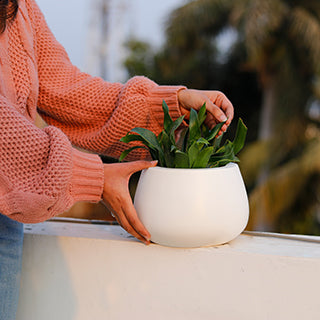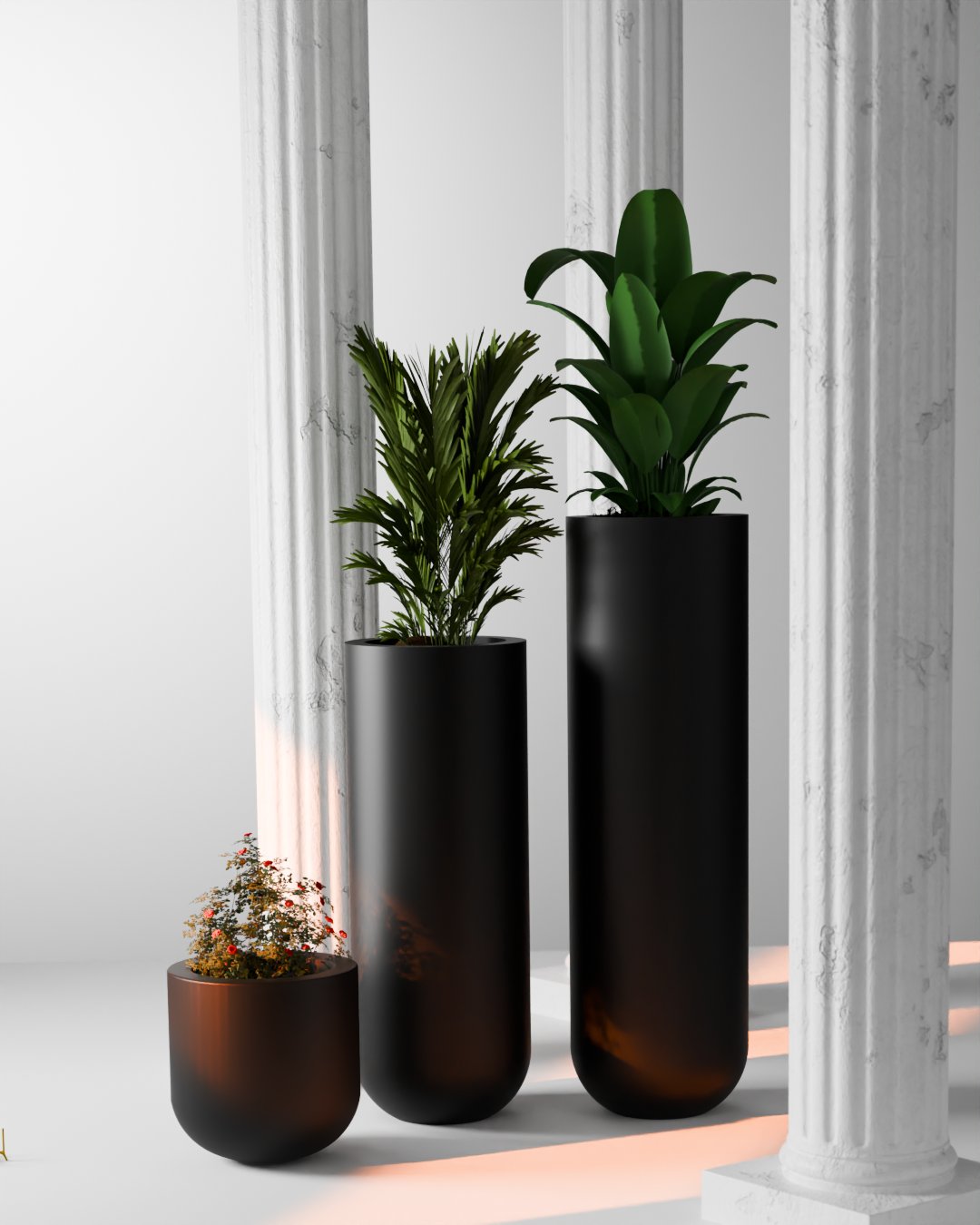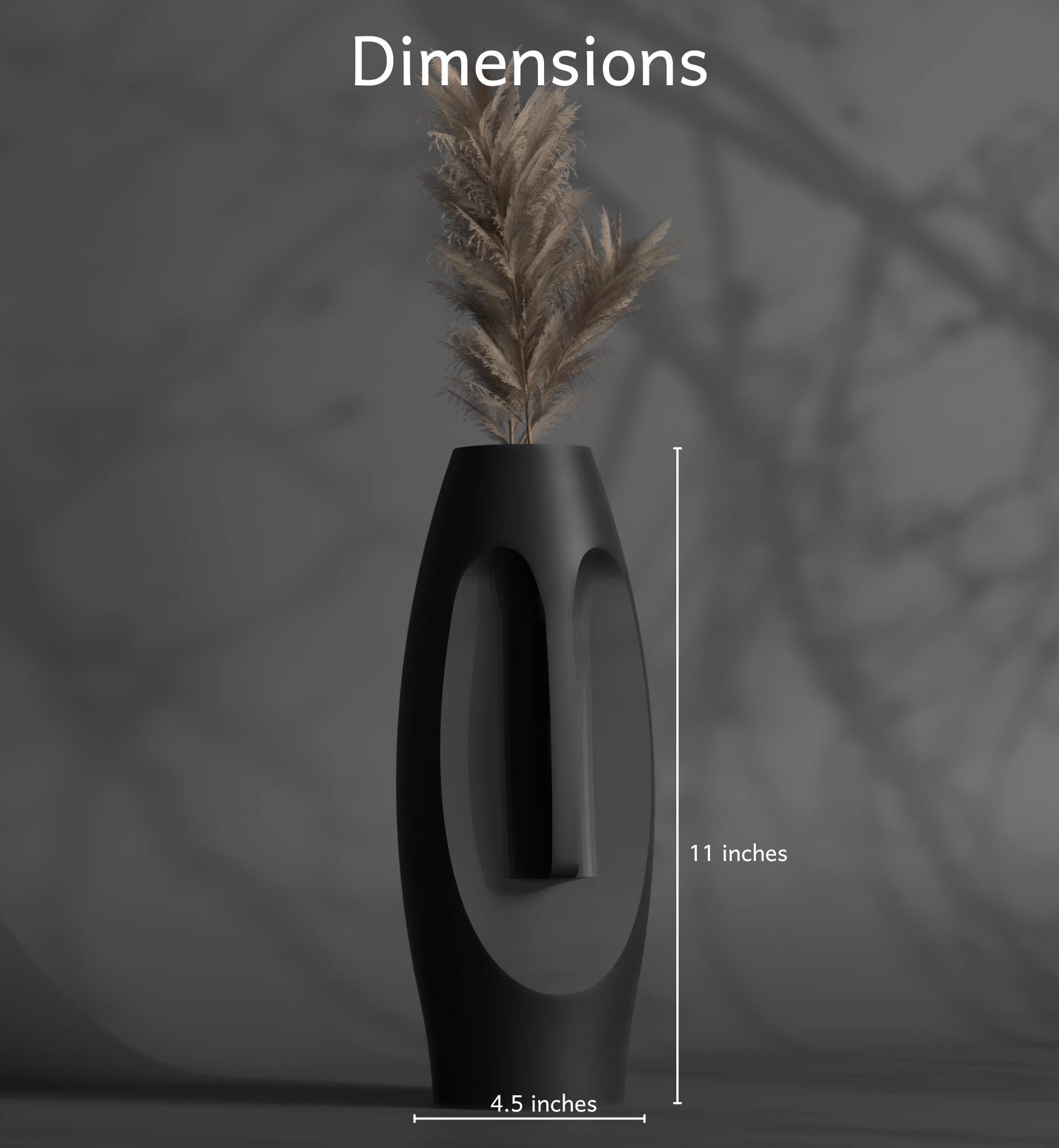
Here's how you can use a bonsai tree to take your planting game to a next level
Bonsai plants have been a staple of Japanese culture for centuries, and it's easy to see why. These miniature trees are not only aesthetically pleasing, but they also require a level of care and dedication that can be very rewarding. However, with so many different species and styles to choose from, it can be overwhelming to know where to start. In this article, we'll explore the basics of bonsai care and provide some tips on how to create a unique and beautiful miniature tree.

Choosing the Right Species
The first step in creating a beautiful bonsai is to choose the right species. There are many different types of trees that can be used for bonsai, each with its own unique characteristics and requirements. Some popular species for beginners include:
- Ficus (Ficus spp.): A hardy and adaptable species that can thrive in a variety of conditions.
- Juniper (Juniperus spp.): A popular choice for bonsai, junipers are known for their small, scale-like leaves and ability to tolerate drought.
- Chinese Elm (Ulmus parvifolia): A fast-growing species that can be shaped and styled in a variety of ways.
Basic Care and Maintenance
Once you've chosen your species, it's time to start thinking about care and maintenance. Here are a few basic tips to get you started:
- Watering: Bonsai trees require regular watering, but be careful not to overwater. Check the soil daily, and water only when it feels dry to the touch.
- Lighting: Most bonsai species prefer bright, indirect light. Placing your tree near a window or under a skylight is ideal.
- Fertilization: Feed your bonsai tree with a balanced fertilizer during the growing season (spring and summer).
- Pruning: Regular pruning is essential for maintaining the shape and size of your bonsai tree. Use sharp, clean tools to remove any dead or damaged branches.
Styling Your Bonsai
Now that you've got the basics down, it's time to start thinking about styling your bonsai. Here are a few tips to help you create a unique and beautiful miniature tree:
- Start with a theme: Before you begin styling your bonsai, think about the theme or style you want to achieve. Do you want a formal, symmetrical tree, or a more informal, natural look?
- Use wire carefully: Wire is a essential tool for shaping and styling your bonsai, but be careful not to damage the tree. Use aluminum or copper wire, and avoid wrapping it too tightly around the branches.
- Create movement: A good bonsai tree should have movement and flow. Use pruning and wiring to create a sense of energy and direction.
Tip: Use an FRP Planter for a Modern Touch
When it comes to choosing a planter for your bonsai, consider using an FRP (Fiber-Reinforced Polymer) planter. FRP planters are durable, lightweight, and easy to clean, making them a great option for bonsai trees. Plus, they come in a variety of modern designs and colors to fit your style. Look for a planter with good drainage holes to ensure your tree gets the right amount of water.
Advanced Techniques
Once you've mastered the basics, it's time to start thinking about advanced techniques. Here are a few tips to help you take your bonsai to the next level:
- Deadwood: Creating deadwood on your bonsai tree can add a sense of age and character. Use a combination of pruning and carving to create realistic deadwood features.
- Jin: Jin is a technique used to create a sense of movement and energy on your bonsai tree. Use pruning and wiring to create long, curved branches that flow like a river.
- Group planting: Group planting involves creating a miniature landscape with multiple bonsai trees. This can be a fun and challenging way to create a unique and beautiful display.
































